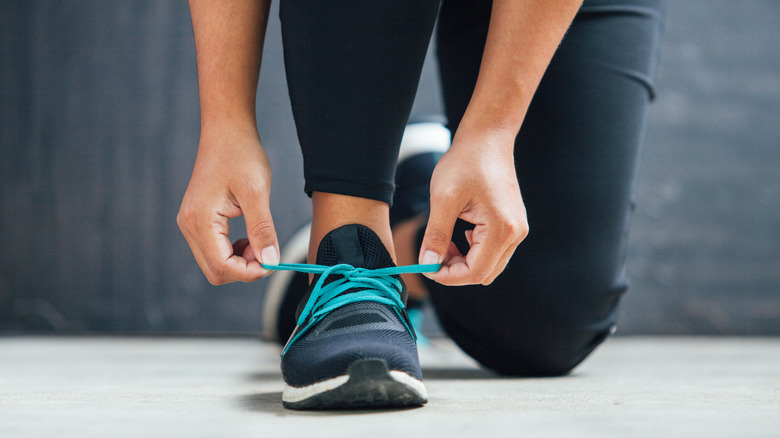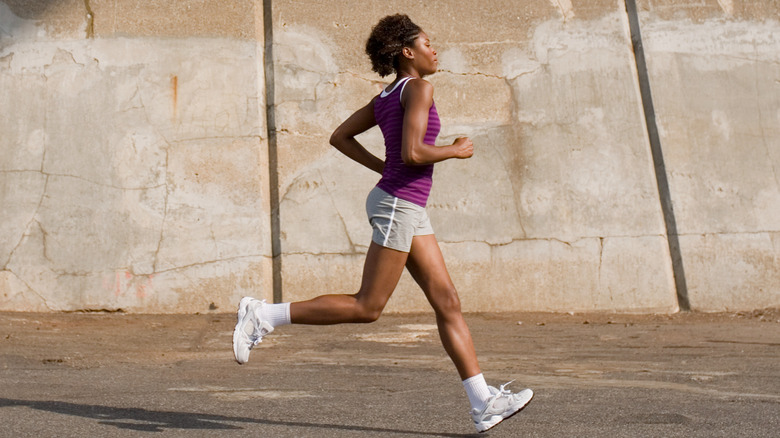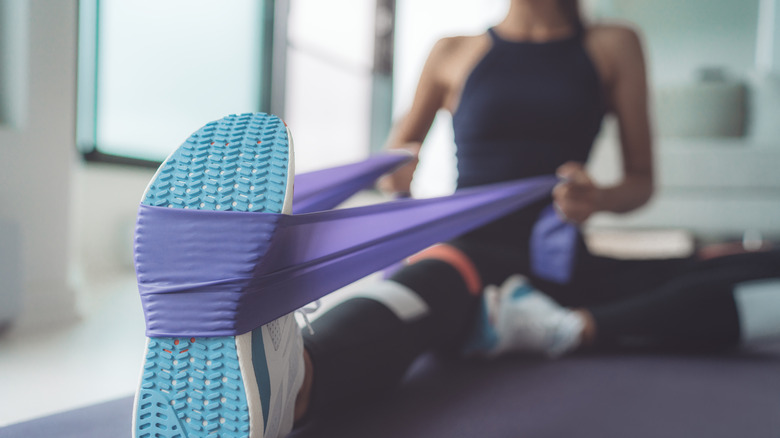Running Shoes Vs. Cross Trainers: Which Is Best For Your Workout?
Physical activity is essential for a healthy lifestyle. After managing to fit exercise into your busy schedule, you now have to deal with the hurdle of proper form and gear. One of the biggest mistakes is using the wrong equipment. It may not seem like it, but your workout clothing falls into the fitness gear category. Whether it is sports bras, compression socks, or sneakers, having the proper tools will help you avoid injury and ultimately have a better session.
Your footwear is one of the most important parts of your fitness wardrobe. Without the right pair, your shoes could ruin your workout. Trust us. Lifting weights in heels or jogging in flip-flops is not easy. Even with your Crocs in sports mode, you're better off lacing up a pair of sneakers. When it comes to exercise sneakers, you have various types, with running shoes and cross trainers being the headliners. But which footwear is best for you?
Heel-to-toe movements? Opt for running shoes
Running shoes help with, you guessed it, running. They are specifically designed to alleviate the pressure and shock from repeatedly slapping the ground. Typically, this footwear has a thicker sole to cushion your feet from the impact of sprinting and is best for long-distance running. Using a running shoe for lifting weights, jumping, squatting, or other plyometric exercises can lead to a greater risk of knee and ankle injury. So, if you're looking for an all-in-one fitness sneaker, running shoes are not it.
The perfect running sneakers will look different for everyone. Your footwear should cater to the primary surfaces you run on (track, dirt, or gravel) and your foot shape (size, arch, and pronation). You want a snug fit, proper arch support, thick cushioning, and all-around comfort. On average, a running shoe can sustain a little over 400 miles. Depending on how often you use this footwear, you'll need to swap them out to reap the benefits of a pleasant and low-injury-risk exercise.
Cross trainers are better for side-to-side range
It is important to tailor your workout shoes to your workout. Cross trainers might be best for you if your routine includes more than jogging or sprinting. These lightweight sneakers aid in side-to-side movements so you can quickly stop and redirect. The cushioned, yet low, heel height lets you pivot swiftly and comfortably. Your cross trainers are great for yoga classes, weight lifting, tennis, and a variety of exercises, even running. However, distances greater than 3 miles are better tackled with running sneakers. Long runs in your cross trainers can lead to heel pain and stress fractures.
With your training sneakers, you'll want a quarter-inch space between your toes and the tip of the shoes. Those with higher arches may need a trainer with thicker cushioning. Primarily, this footwear should be flexible, comfortable, and lightweight. Like running shoes, trainers don't last forever. After six months or 100 hours of exercise, you should opt for a fresh pair.


